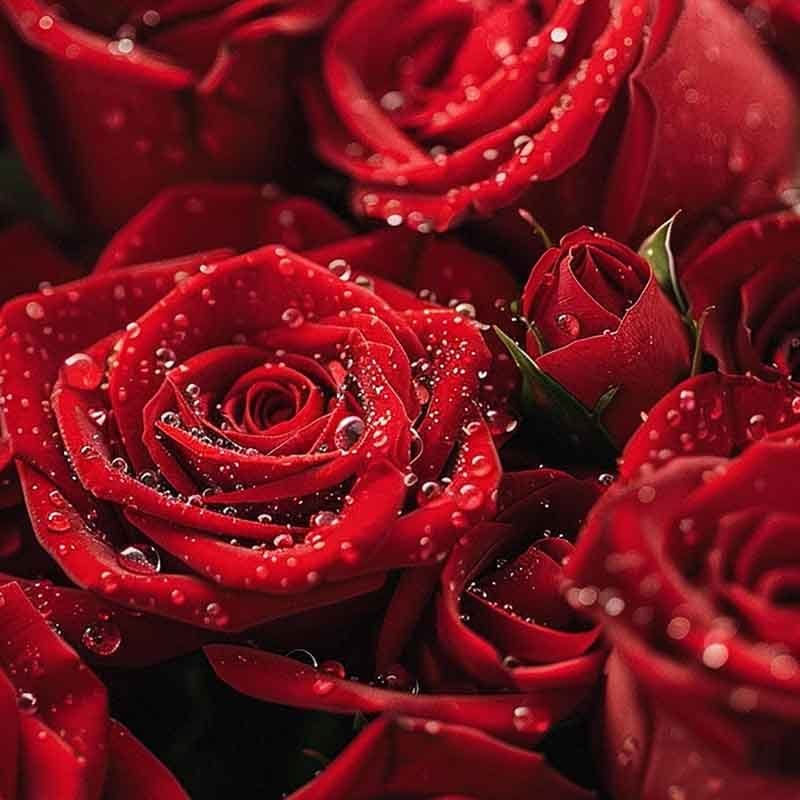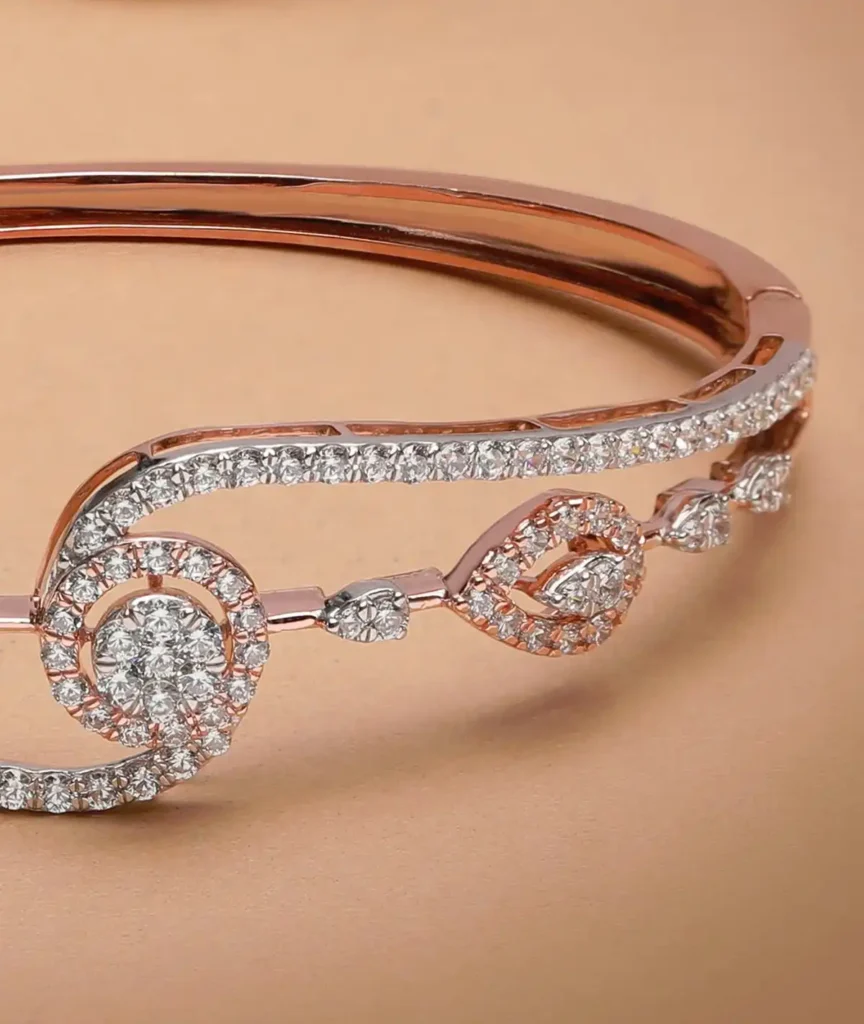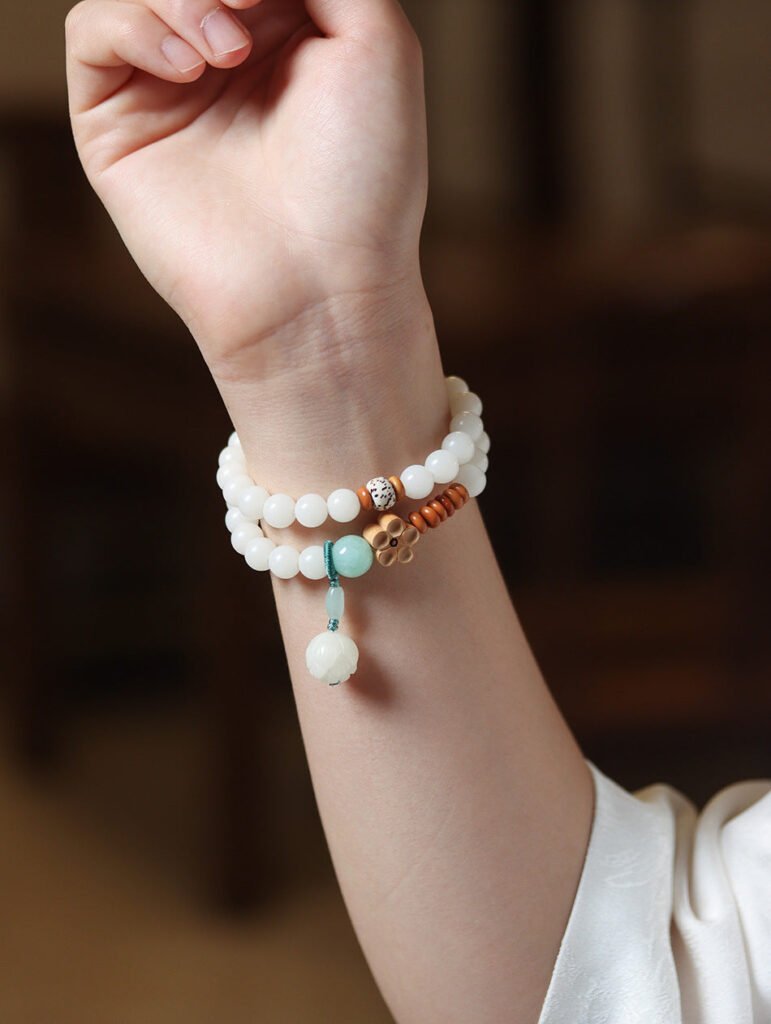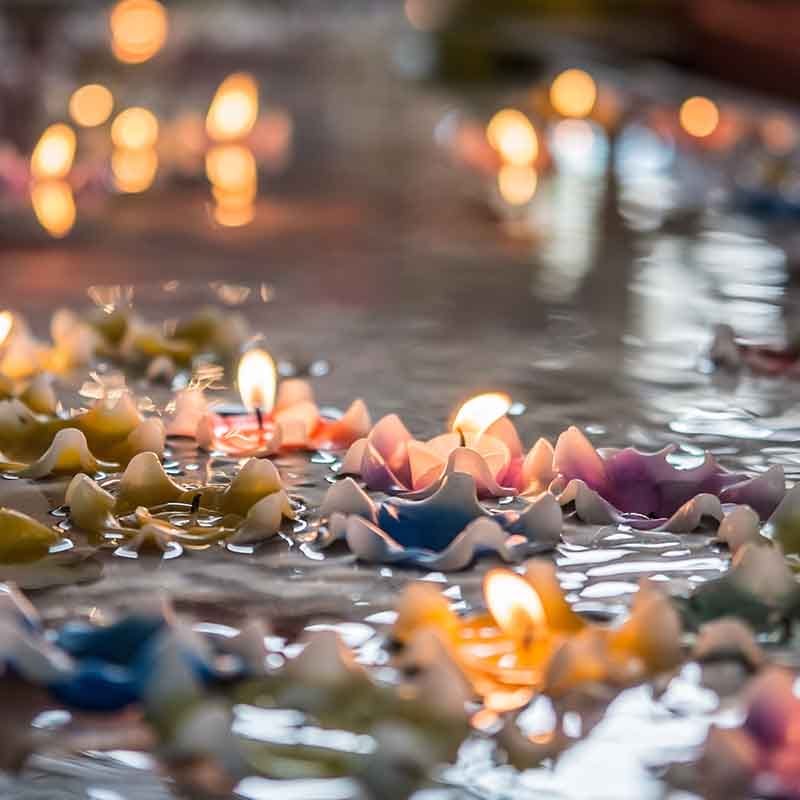The Difference Between Eastern and Western Valentine’s Day: A Romantic Guide
Every year on February 14th, couples around the world exchange “Happy Valentine’s Day” wishes. But did you know that the ways of celebrating love in the East and West are quite different? Eastern Valentine’s Day and Western Valentine’s Day both celebrate love, but their stories, customs, and romantic atmospheres each have their own unique charm.
Western Valentine’s Day: Bold and Passionate Romance
Western Valentine’s Day originated in Europe, initially to commemorate Saint Valentine. Today, it has become a global occasion for couples to express their love. On this day, couples often exchange gifts such as roses, chocolates, couple bracelets, or crystal bracelets, using tangible gestures to convey their feelings.
Western Valentine’s Day emphasizes direct and passionate expressions of love. Romantic dinners, surprises, and thoughtful gifts are all part of the celebration. Whether it’s giving a personalized couple bracelet or a spiritual jewelry piece symbolizing protection, these gestures make the day feel special and memorable.


Eastern Valentine’s Day (Qixi Festival): Gentle and Subtle Romance
Eastern Valentine’s Day, known in China as the Qixi Festival or “The Cowherd and Weaver Girl Festival,” has roots in ancient folklore. It usually falls on the 7th day of the 7th lunar month and carries a unique cultural meaning in Eastern traditions.
Qixi Festival focuses on gentle romance and emotional depth. Couples often exchange thoughtful gifts like crystal bracelets, couple jewelry, or spiritual accessories, and may participate in traditional customs such as worshiping the Weaver Girl, praying for skills, or floating lanterns on rivers. Compared to the boldness of Western Valentine’s Day, Qixi emphasizes emotional connection, spiritual protection, and subtle expressions of love. Even a quiet date or a pair of meaningful couple crystal bracelets can make the day feel deeply significant.
Fun Comparisons Between East and West
Gift Style: Western gifts lean toward flowers, chocolates, and couple bracelets; Eastern gifts combine creativity with tradition, such as crystal bracelets, spiritual jewelry, or handmade presents.
Romantic Atmosphere: Western celebrations are passionate and bold, while Qixi is gentle, subtle, and culturally rich.
Participants: Western Valentine’s Day can include gifts for friends and family, while Eastern Qixi is more private, focused on couples, though single people may also make wishes for love.
Tip: Enhance the Celebration with Couple Crystal Bracelets
Whether celebrating Qixi or Western Valentine’s Day, a pair of couple crystal bracelets can be a secret guardian of love. Rose quartz symbolizes tenderness and love, amethyst represents loyalty and harmony, and citrine brings positivity and warmth. A carefully chosen bracelet pair not only makes a romantic gift but also serves as a daily reminder: no matter how busy life gets, your love and protection for each other are constant.
Conclusion
The differences between Eastern and Western Valentine’s Day are not just about dates and customs—they reflect different ways of expressing romance. Western Valentine’s Day is bold and passionate; Eastern Qixi is gentle and subtle. No matter how you celebrate, the most important thing is to express your love with intention, letting every gift and every couple crystal bracelet carry warmth, protection, and romance.


